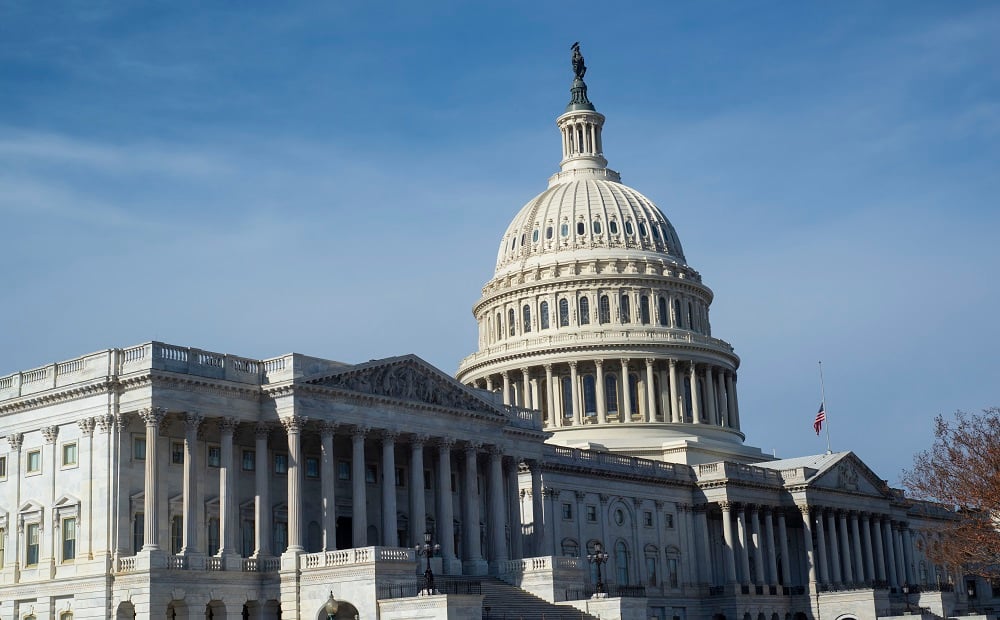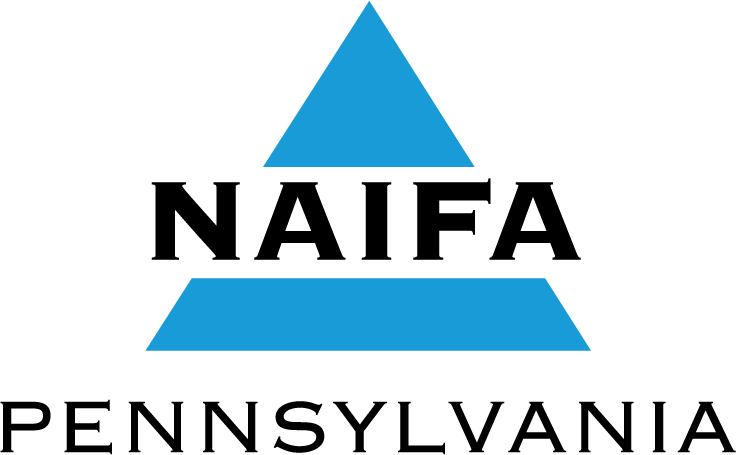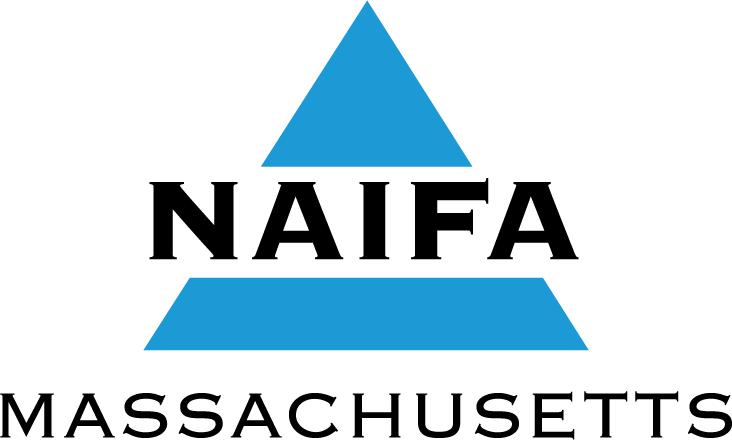NAIFA commends the House of Representatives on passing the SECURE 2.0 (H.R.2954) retirement planning legislation in a 414-5 vote. The popular legislation simplifies the process and creates incentives for employers to create and enroll employees in workplace retirement plans. It also creates greater flexibility for worker who contribute to the plans.
“The SECURE 2.0 legislation passed by the House today makes positive strides towards helping a greater number of Americans prepare for retirement,” said Lawrence Holzberg, LUTCF, LACP, NAIFA President. “The bill includes numerous provisions aimed at simplifying and further incentivizing retirement savings plans offered by employers. The provision making it easier for plans to offer lifetime income options, such as annuity products, will provide retirement savers and the planning professionals they work with greater flexibility to create plans to meet specific planning goals. NAIFA applauds the House of Representatives for passing SECURE 2.0 with overwhelming bipartisan support and urges the Senate to advance the legislation quickly. Individual NAIFA members will speak to their Senators in support of SECURE 2.0 during NAIFA’s Congressional Conference grassroots fly-in during visits to Capitol Hill on May 24.”
Among the provisions are:
- An automatic enrollment requirement for 401(k) and 403(b) plans
- A phased-in increase in the age when required minimum distributions (RMDs) begin (from current law age 72 to age 75 by 2033)
- An increase in catch-up contribution limits for people aged 62, 63 and 64, to $10,000, indexed
- A rule requiring employers to include long-time part-time employees who have been with the company for two years (down from three) or more among those eligible to participate in retirement plans
- The ability to count employer-paid student loan payments as plan contributions
- Authority for 403(b) plans to participate in MEPs (and PEPs), and an enhanced start-up credit for plans that join a MEP or PEP
- Authority to plans to accept employee self-certification for hardship distributions
The bill also makes it easier for plans to offer lifetime payment options by removing barriers to the use of annuities, including longevity annuity benefits and insurance-focused EFT funds.
The bill’s costs are offset by provisions that will allow SIMPLE plans to accept Roth contributions (after-tax contributions with tax-free distributions), permit hardship distributions from employer contributions and account earnings from 403(b) plans, and require Roth treatment for catch-up contributions, effective for tax years beginning in 2023.
H.R.2954 will have to be reconciled with the still-emerging Senate version of SECURE 2.0, but House and Senate retirement staffers are working together on developing the Senate bill.




